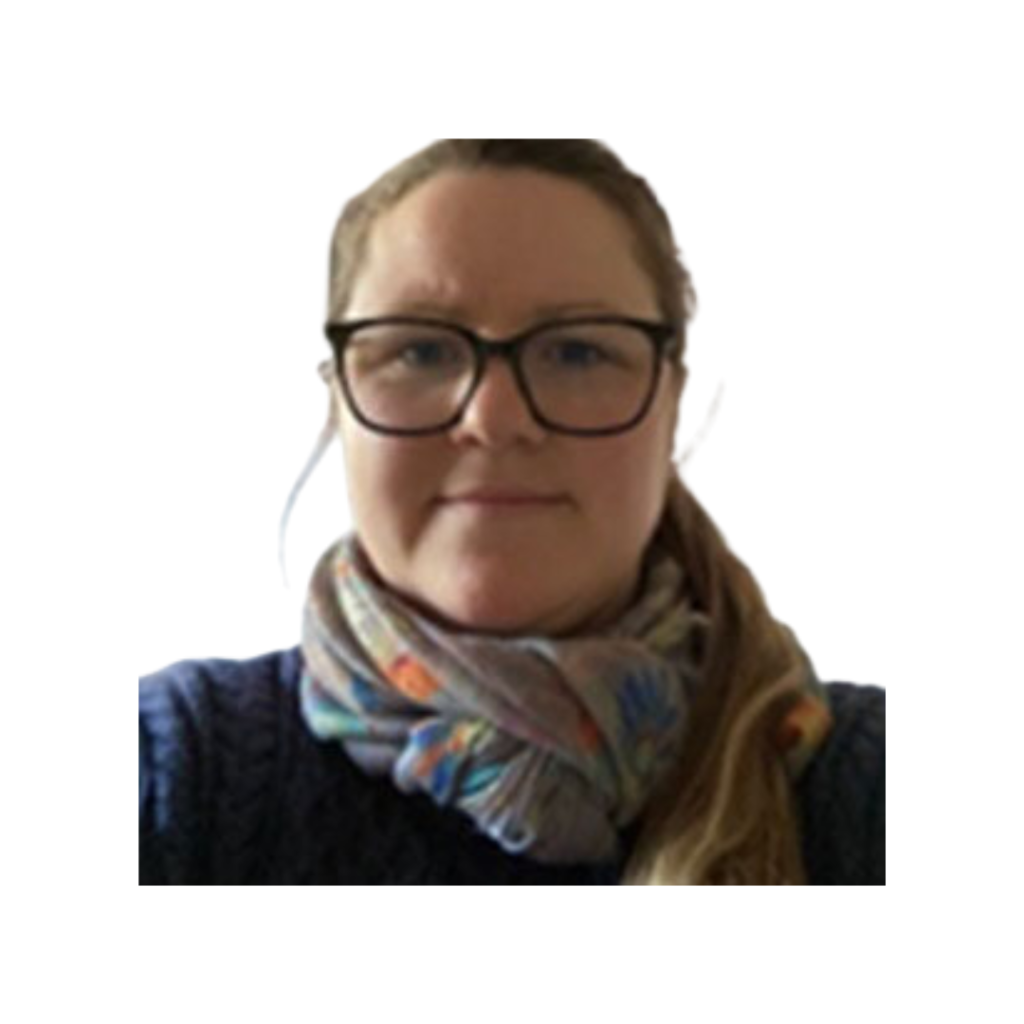Job Title
Senior Radiographer and PT/OT Therapy Inpatient Team Lead
Where are you based?
Hospital
Is your role clinical or non-clinical?
Clinical
When you were in school, did you want to join the NHS?
No, I wanted to be a signwriter/decorator. I found Radiography in my late 20’s by accident!
Tell us about your job
A typical day can involve…
Radiography: Anything from setting up the team for the day, to x-raying trauma/non-trauma patients on various medical pathways. Being available for advice, training, and hands-on help. Workload and skill mix management. imaging 30-50 patients, checking 60-90 referral forms to see if they are appropriate and justified for irradiation. The appointments are run in lists so can be checked beforehand, there are always unplanned events/patients, but we know roughly what our workload is for the day.
Team Lead: Day starts with a handover of the day before (52 patients across 4 wards). Depending on the workload, I will likely work on wards for the morning, pairing up with staff or alone carrying out the rehab plans/goals set. We have no set times for patients but as a rule of thumb, we try to see around 5 patients on average per day. This is very variable; one patient may need the assistance of 4 staff for an hour while another may just need observation or a handhold across the room. I have Involvement in assessing in-patients’ social histories and following rehabilitation plans for home/placement discharges. My afternoons are generally more focused on email communication, meetings, recruitment, induction, general management tasks involving roster planning, supervision, and team planning, and any daily issues, queries, or advice required throughout the day. I often finish shortly after the team has left; this is when I do ‘any other work’.
In both teams, communication with MDTS is essential! On the side, I mentor a few AHPs too, this is done in my own time of an evening and again is very rewarding.
How did you come to work in the NHS?
I left school and trained as a signwriter and paint & decorator. I worked in hospitality while I trained, chambermaiding, waitressing, and bar work mostly. I worked on new builds, private houses and hotels as a decorator before getting a job in sales when I had my daughter. This was covering the south of England for induction, arranging staff cover, and dealing with account default payers.
In my mid 20’s I quit my job in sales, went travelling (with my 2-year-old) and wrote a list of jobs to see what I wanted to do next. I knew I wanted to do a degree of some sort so took a science-based access course. the list of jobs created mainly involved helping people, troubleshooting, and fixing/finding anomalies, these were recurring themes. I initially sought to become a midwife, for about 5 minutes until I saw a poster for Radiography in the coffee room. I thought that would be ‘way cooler’ as I like geometry and looked into it instead.
I completed the Radiography degree just after turning 30 and have progressed up and down the bands from 5 – 8 over the last 12+ years since. I have worked for two trusts, the private sector and under HEE for some project work. I worked for an agency when it suited me and have continued to decorate in the background. I never did work as a signwriter but I can still paint a pretty good mural and hang wallpaper like a pro when required!
I still don’t know what I want to be when I grow up but enjoy working in healthcare very much, I find it rewarding daily in different ways. No two days are the same!
What are some challenges?
Staffing is always a challenge, having the right people/skill mix in the right place – or at all! I sometimes struggle with the social circumstances of some patients. It is hard to understand the different values of those surrounding patients sometimes, especially when you have developed that rapport.
What do you love about your job?
Helping patients to be diagnosed and or rehabilitated to a point where they are safe to leave the hospital. Radiography has a very short patient contact time; you often have very little time to make a person feel comfortable in an unfamiliar setting. With inpatients, there is time to develop a rapport and you can see the difference the teams make to the lives of patients sometimes on a daily basis!
Is there career progression in your role and how would you get there?
It depends on the direction you wish to go and the size of the trust/department you work in. If you seek, you shall find! I have had additional training in management, industrial relations, and change management. I have been on red dot courses for image interpretation. I would like to explore reporting appendicular skeleton plain film imaging and continue being involved in other AHP quality improvement work at a senior overarching level.
What would you say to a young person thinking of joining the NHS?
The world is your oyster, the number of pathways once qualified is always changing. Go and volunteer, shadow (where possible), and experience the areas of the NHS you feel you would like to work in before you take on the training – you will know which area is for you. And, if you can cope with the worst part of a job, the rest is easy!

